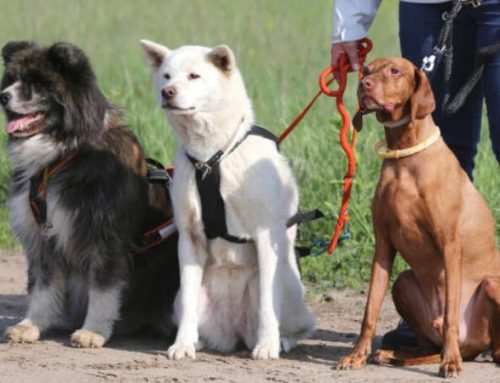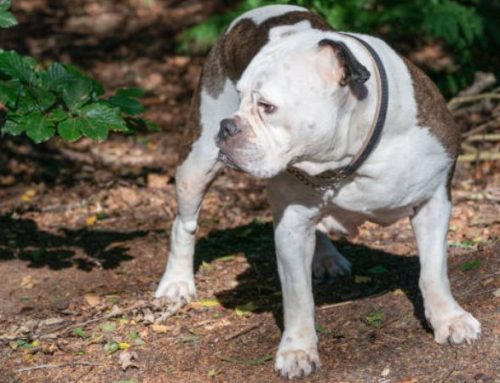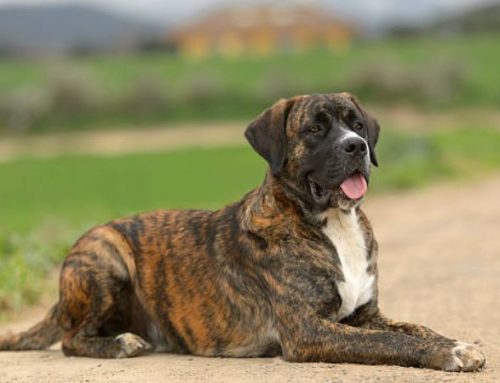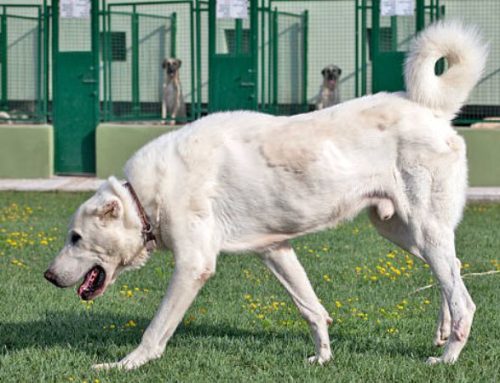When summer hits, it’s tempting to shave your dog to keep them cool. But for some breeds, that thick coat isn’t just for warmth—it’s vital protection. Shaving the wrong dog can lead to overheating, skin problems, and more. So, which breeds should never be clipped, even during flea season? Let’s find out.

Why Some Dog Breeds Should Never Be Shaved
Shaving double-coated dogs can cause more harm than good. Their coats are designed to regulate body temperature year-round, providing insulation from both heat and cold. Removing this natural barrier disrupts that balance.
- Skin damage like razor burn, irritation, and sunburn becomes more likely when the protective outer layer is removed. Shaved coats may also regrow unevenly or not fully, leading to permanent texture changes and reduced effectiveness in temperature control.
- Moreover, shaving can make dogs more vulnerable to fleas, ticks, and other parasites, as it eliminates the natural defense provided by their fur.
- Unless medically necessary and always under vet guidance double-coated breeds should not be shaved. Regular grooming and brushing are safer ways to keep them healthy and comfortable.
List of Dog Breeds That Should Not Be Shaved
While grooming is essential for every dog, shaving isn’t always the answer—especially for double-coated breeds. These dogs rely on their unique two-layered coats for natural insulation and protection. Shaving them can lead to long-term coat damage, skin problems, and disrupted body temperature regulation. Below is a list of breeds that should never be shaved, even during summer or flea season:
- Golden Retriever: Their thick double coat helps keep them cool in summer and warm in winter. Shaving can damage the coat’s regrowth pattern and reduce its protective functions.
- Labrador Retriever: Though their coat appears short, Labradors have a dense undercoat that sheds seasonally. Shaving disrupts this natural process and may lead to skin irritation.
- Siberian Husky: Bred for extreme cold, Huskies rely heavily on their double coat. Shaving it removes their insulation and makes them vulnerable to overheating and sunburn.
- German Shepherd: With a strong, protective outer coat and a thick undercoat, German Shepherds regulate their body temperature naturally. Shaving can permanently alter coat texture and regrowth.
- Alaskan Malamute: Similar to Huskies, Malamutes are Arctic dogs whose coats should never be shaved. It does not help with heat and compromises their skin health.
- Pomeranian: Despite their small size, Pomeranians have a dense double coat. Shaving may lead to patchy or incomplete regrowth, sometimes permanently.
- Chow Chow: Their lion-like mane is part of a double coat that regulates temperature efficiently. Shaving can lead to sunburn, overheating, and irreversible coat changes.
- Border Collie: Designed for hard outdoor work, Border Collies’ coats protect them from both heat and cold. Shaving risks coat damage and doesn’t improve comfort.
- Newfoundland: These gentle giants have thick, water-resistant coats that should be brushed regularly—not shaved—to maintain healthy skin and fur.
- Corgis (Cardigan and Pembroke Welsh): Both types of Corgis have insulating double coats. Shaving can interfere with their natural shedding cycle and expose sensitive skin.
- Cavalier King Charles Spaniel: Their silky coat is not double-layered but still not suited for shaving. It grows unevenly when clipped and loses its texture and protection.
- Wire-Haired and Other Specialized Coats: Breeds with wire, curly, or unique textured coats—like Terriers and Schnauzers—require trimming or stripping, not shaving. Removing the coat entirely can damage the texture and natural oil balance.

Proper Flea Treatment Without Shaving
Effective Flea Prevention and Treatment Alternatives
Shaving your dog is not necessary to effectively prevent or treat fleas. There are many proven alternatives that protect your dog’s natural coat while eliminating fleas. Popular options include spot-on treatments, flea collars, oral medications, and medicated shampoos. These methods target adult fleas and interrupt their life cycle by preventing eggs and larvae from developing.
Importance of Veterinary-Approved Flea Medications
Using flea medications approved and recommended by your veterinarian is essential to ensure safety and effectiveness. Vet-approved products are formulated to suit your dog’s age, breed, and health condition, reducing the risk of side effects. They also help prevent flea resistance, which can occur with unregulated or overused treatments. Always consult your vet before choosing or applying any flea control product.
Environmental Flea Control Measures (Home and Yard)
Controlling fleas requires more than just treating your dog; it’s crucial to address the environment as well. Regularly cleaning your dog’s bedding, vacuuming floors and furniture, and washing blankets and rugs help remove flea eggs and larvae. Treating your yard and common dog areas with appropriate flea control products will further reduce the risk of reinfestation. Combining environmental management with direct treatment of your dog offers the best long-term flea control.
Grooming Tips to Reduce Flea Presence Without Shaving
Regular grooming is a key part of flea management that doesn’t involve shaving. Brushing your dog’s coat with a fine-toothed flea comb helps remove fleas, eggs, and loose hair, while promoting healthy skin and coat. Avoid shaving or trimming the coat too short, as this can expose your dog’s skin to irritation, sunburn, and infection. Bathing with veterinarian-approved flea shampoos can also help reduce flea populations while maintaining your dog’s natural coat and skin health.

Proper Grooming for No-Shave Breeds
Regular Brushing Techniques to Maintain Coat Health
For breeds that should not be shaved, regular brushing is essential to keep their coat healthy and free of mats. Use appropriate brushes—such as slicker brushes for long coats or pin brushes for medium coats and brush in the direction of hair growth.
Brushing helps distribute natural oils, promoting a shiny and protective coat, while also removing dirt and loose hairs. Aim to brush your dog at least several times a week, or daily during heavy shedding seasons.
Importance of Removing Loose Undercoat in Double-Coated Breeds
Double-coated breeds require special attention to their undercoat, especially during shedding periods in spring and fall. Removing loose undercoat with tools like an undercoat rake or a de-shedding tool prevents matting, reduces excessive shedding around the house, and helps maintain proper insulation.
Proper removal of the undercoat supports the coat’s natural ability to regulate your dog’s temperature and prevents skin irritation caused by trapped fur.
Bathing and Drying Recommendations to Avoid Skin Issues
Bathing should be done as needed, using gentle, veterinarian-approved shampoos formulated for your dog’s coat and skin type. Avoid overbathing, which can strip natural oils and lead to dryness or irritation. After bathing, it’s crucial to dry your dog thoroughly to prevent moisture buildup that can cause fungal or bacterial skin infections.
Use a towel first, then follow with a blow dryer on a low to medium heat setting, carefully parting the fur to reach the skin. Avoid high heat to prevent burns or irritation, especially on sensitive or flea-prone skin.
When and How to Seek Professional Grooming
While regular home grooming is vital, professional grooming is recommended for certain breeds or situations. Groomers can perform thorough brushing, de-shedding, and trimming of problem areas like paw pads, sanitary zones, and around the ears without shaving the coat short.
They can also identify skin issues early and advise on coat care tailored to your dog’s breed and health. Seek professional grooming every few months or as needed, especially during heavy shedding seasons or if your dog develops mats or skin problems.

Conclusion
Shaving your dog is a risky and often ineffective solution for fleas. Not only does it fail to address the root of the problem, but it can also cause serious, long-term damage to certain breeds’ coats, leaving them vulnerable to sunburn and temperature changes. Always consult a veterinarian for safe and effective flea treatments, and leave your dog’s natural coat intact—they need it to stay happy and healthy.






